En el mundo actual, en el que la preocupación por el medio ambiente y el aumento de los costes energéticos están en el primer plano de la mente de muchos propietarios de viviendas, comprender y aplicar estrategias de ahorro energético es cada vez más importante.
Esta completa guía explorará varias formas de reducir el consumo de energía en su hogar, lo que en última instancia conduce a facturas de servicios públicos más bajas y una huella de carbono reducida. Desde simples cambios de comportamiento hasta mejoras más significativas en el hogar, cubriremos una amplia gama de consejos de ahorro de energía que pueden marcar una diferencia sustancial en la eficiencia energética de su hogar.
Tabla de contenidos
- Eficiencia de calefacción y refrigeración
- Eficiencia energética de los electrodomésticos
- Eficiencia luminosa
- Aislamiento y climatización de viviendas
- Calentamiento y conservación del agua
- Electrónica y gestión de la energía en modo de espera
- Comportamiento y hábitos energéticamente eficientes
- Auditorías energéticas y evaluaciones profesionales
Eficiencia de calefacción y refrigeración
Según el Departamento de Energía de EE.UU., la calefacción y la refrigeración representan una parte importante del consumo energético de una vivienda, que suele rondar los 56%. Para optimizar la eficiencia de la calefacción y la refrigeración, es esencial centrarse en un mantenimiento adecuado, ajustes óptimos del termostato y equipos energéticamente eficientes para conseguir un ahorro sustancial de energía.
Ajustes óptimos del termostato
Una de las formas más sencillas y eficaces de reducir el consumo de energía es regular el termostato. En verano, ajuste el termostato a 26 °C (78 °F) cuando esté en casa y despierto, y súbalo unos grados cuando esté fuera o durmiendo. En invierno, ajuste el termostato a 20 °C (68 °F) y bájelo ligeramente cuando esté fuera o durmiendo. Por cada grado que ajuste el termostato a la temperatura exterior, puede ahorrar hasta 3% de energía.
Inspírese con las carteras de sensores de movimiento Rayzeek.
¿No encuentra lo que busca? No se preocupe. Siempre hay formas alternativas de resolver sus problemas. Quizá una de nuestras carteras pueda ayudarle.
Los termostatos programables e inteligentes pueden llevar esta estrategia de ahorro de energía un paso más allá. Estos dispositivos le permiten ajustar automáticamente la temperatura en función de sus horarios. Por ejemplo, puede programar el termostato para que reduzca la calefacción o la refrigeración cuando esté durmiendo o fuera de casa. Utilizando estas funciones, puede ahorrar hasta 10% en sus gastos anuales de calefacción y refrigeración.
Consejos de mantenimiento de HVAC
El mantenimiento regular de su sistema HVAC es crucial para mantener su eficiencia. Una tarea tan sencilla como cambiar los filtros de aire mensualmente puede mejorar la eficiencia de su sistema hasta en un 15%. Los filtros sucios restringen el flujo de aire, lo que obliga a su sistema a trabajar más y consumir más energía.
Las revisiones profesionales anuales del sistema de climatización también son esenciales. Durante estas revisiones, un técnico puede identificar y solucionar cualquier problema que pueda estar reduciendo la eficiencia de su sistema. Este mantenimiento preventivo puede prolongar la vida útil de su equipo y garantizar que funcione con la máxima eficiencia.
Opciones de calefacción, ventilación y aire acondicionado energéticamente eficientes
Cuando llegue el momento de sustituir su sistema de calefacción, ventilación y aire acondicionado, considere opciones energéticamente eficientes como las bombas de calor o los sistemas de alta eficiencia con certificación ENERGY STAR. Las bombas de calor, por ejemplo, pueden ser hasta tres veces más eficientes que los sistemas de calefacción convencionales porque mueven el calor en lugar de generarlo.
Los sistemas centrales de aire acondicionado con certificación ENERGY STAR consumen 8% menos energía que los modelos nuevos convencionales. Aunque estos sistemas pueden tener un coste inicial más elevado, el ahorro energético a largo plazo puede ser sustancial.
Estrategias de refrigeración adicionales
Complementar el aire acondicionado con ventiladores de techo puede permitir elevar el termostato unos 4°F sin afectar al confort. Recuerda apagar los ventiladores cuando salgas de la habitación, ya que enfrían a las personas, no los espacios.
Las estrategias de refrigeración natural también pueden ser eficaces. En las noches frescas, abre las ventanas para que entre aire fresco y ciérralas durante el día para que no entre el calor. Esta sencilla práctica puede reducir considerablemente la dependencia del aire acondicionado.
Mediante la aplicación de estas medidas de eficiencia en calefacción y refrigeración, puede crear un entorno doméstico más confortable al tiempo que reduce significativamente el consumo y los costes energéticos.
Eficiencia energética de los electrodomésticos
Los electrodomésticos son otra fuente importante de consumo de energía en los hogares, ya que representan casi 20% del consumo de energía de un hogar medio. Elegir electrodomésticos energéticamente eficientes y utilizarlos con prudencia puede suponer un importante ahorro de energía.
La importancia de la certificación ENERGY STAR
Cuando compre electrodomésticos nuevos, busque la etiqueta ENERGY STAR. Esta certificación, avalada por la Agencia de Protección del Medio Ambiente de EE.UU., indica que el electrodoméstico cumple unas estrictas directrices de eficiencia energética. Por ejemplo, las lavadoras certificadas ENERGY STAR consumen aproximadamente 25% menos de energía y 33% menos de agua que los modelos estándar.
Eficiencia del frigorífico
El frigorífico es uno de los pocos electrodomésticos que funcionan continuamente, por lo que su eficiencia es crucial. Ajuste la temperatura del frigorífico entre 1,7 °C y 3,3 °C (35 °F y 38 °F) para optimizar la eficiencia energética y la conservación de los alimentos. El congelador debe ajustarse a -18 °C (0 °F).
Un mantenimiento regular también puede mejorar la eficiencia de su frigorífico. Limpie los serpentines del condensador al menos dos veces al año para eliminar el polvo y los residuos que pueden impedir la transferencia de calor. Comprueba regularmente que las juntas de la puerta estén bien apretadas y cámbialas si están desgastadas o dañadas.
Eficiencia de la lavadora
Una de las formas más sencillas de ahorrar energía con la lavadora es utilizar agua fría siempre que sea posible. El uso de agua fría puede reducir el consumo de energía hasta 90% en comparación con los ciclos de agua caliente. Los detergentes modernos están diseñados para funcionar eficazmente con agua fría, por lo que no tiene que sacrificar la limpieza por la eficiencia energética.
Procure lavar siempre cargas completas. Hacer funcionar la lavadora con cargas parciales desperdicia agua y energía. Si tiene que lavar una carga más pequeña, asegúrese de ajustar el nivel de agua en consecuencia.
Eficiencia de la secadora
Aunque las secadoras de ropa son aparatos que consumen mucha energía, hay formas de utilizarlas de forma más eficiente. Limpie el filtro de pelusas después de cada carga para mejorar la circulación del aire y reducir el tiempo de secado. Cuando sea posible, seca la ropa al aire libre en un tendedero o en una rejilla de secado. Esto no sólo ahorra energía, sino que también puede alargar la vida de la ropa.
Si está buscando una secadora nueva, piense en un modelo con bomba de calor. Estas secadoras son mucho más eficientes energéticamente que los modelos convencionales, ya que consumen hasta 60% menos de energía.
Eficiencia del lavavajillas
Al igual que las lavadoras, los lavavajillas son más eficientes cuando funcionan con cargas completas. Muchos lavavajillas modernos tienen sensores que detectan el grado de suciedad de la vajilla y ajustan el ciclo en consecuencia. Utiliza estos ciclos de ahorro de energía siempre que sea posible.
Evita enjuagar previamente los platos antes de meterlos en el lavavajillas. La mayoría de los lavavajillas modernos están diseñados para lavar platos sucios, y el prelavado desperdicia agua y energía. Raspa las partículas grandes de comida, pero deja que el lavavajillas se encargue del resto.
Si elige electrodomésticos de bajo consumo y los utiliza con prudencia, podrá reducir considerablemente el consumo de energía de su hogar. Recuerde que el coste inicial de un electrodoméstico energéticamente eficiente puede ser más elevado, pero el ahorro de energía a largo plazo suele convertirlo en una opción más económica a largo plazo.
Eficiencia luminosa
La iluminación representa alrededor del 15% del consumo eléctrico de una vivienda, lo que la convierte en otra área importante en la que centrarse para ahorrar energía. Adoptar opciones de iluminación energéticamente eficientes y hábitos de uso inteligentes puede ayudarle a reducir significativamente esta parte de su consumo de energía.
Opciones de iluminación de bajo consumo
Las bombillas LED son actualmente la opción de iluminación más eficiente desde el punto de vista energético. Utilizan hasta 90% menos energía que las bombillas incandescentes tradicionales y pueden durar hasta 25 veces más. Aunque las bombillas LED pueden tener un coste inicial más elevado, su larga vida útil y su eficiencia energética las convierten en una opción rentable a largo plazo.
Las bombillas fluorescentes compactas son otra opción de bajo consumo, aunque cada vez son menos comunes a medida que mejora la tecnología LED. Las CFL consumen aproximadamente 75% menos energía que las bombillas incandescentes y duran unas 10 veces más.
Cuando compres bombillas de bajo consumo, busca la etiqueta ENERGY STAR. Las bombillas LED certificadas ENERGY STAR consumen 75% menos energía y duran 15 veces más que las bombillas incandescentes.
Soluciones de iluminación inteligente
Los sistemas de iluminación inteligentes ofrecen un potencial de ahorro energético adicional. Estos sistemas permiten controlar las luces a distancia mediante aplicaciones de smartphone o comandos de voz. Puedes apagar fácilmente las luces olvidadas, atenuar las luces cuando no se necesita el brillo máximo o establecer horarios para encender y apagar las luces automáticamente.
Los sensores de movimiento y los temporizadores también son herramientas eficaces para reducir el uso innecesario de la iluminación. Instale sensores de movimiento en zonas como garajes, espacios exteriores o habitaciones de uso menos frecuente. Los temporizadores pueden ser útiles para la iluminación exterior, ya que garantizan que las luces se enciendan solo cuando es necesario.
Estrategias de iluminación natural
Maximizar el uso de la luz natural puede reducir significativamente la dependencia de la iluminación artificial durante las horas diurnas. Mantén las ventanas limpias y coloca los muebles de forma que no bloqueen la luz natural. Las paredes de colores claros y las superficies reflectantes pueden ayudar a distribuir mejor la luz natural por toda la casa.
Considere la posibilidad de instalar claraboyas o tubos solares en las zonas más oscuras de su casa para que entre más luz natural. Aunque pueden requerir una inversión inicial, pueden suponer un ahorro energético a largo plazo y crear un entorno de vida más agradable.
Hábitos de iluminación
Desarrollar buenos hábitos de iluminación es tan importante como utilizar bombillas eficientes. Apague siempre las luces al salir de una habitación, aunque vaya a estar fuera poco tiempo. En las zonas donde las luces se dejan encendidas con frecuencia, considera la posibilidad de instalar sensores de ocupación que apaguen automáticamente las luces cuando no haya nadie.
Siempre que sea posible, utilice iluminación de trabajo en lugar de iluminar toda la habitación. Por ejemplo, utilice una lámpara de escritorio cuando trabaje en lugar de iluminar toda la habitación.
Combinando tecnologías de iluminación energéticamente eficientes con hábitos de uso inteligentes, puede reducir significativamente su consumo de energía relacionado con la iluminación. Recuerda que el cambio a bombillas LED por sí solo puede ahorrar a un hogar medio unos $225 en costes energéticos al año.
Aislamiento y climatización de viviendas
Un aislamiento y una climatización adecuados son esenciales para mantener un hogar confortable y energéticamente eficiente. Ayudan a mantener la casa caliente en invierno y fresca en verano, reduciendo la carga de trabajo de los sistemas de calefacción y refrigeración. De hecho, un aislamiento y una climatización adecuados pueden reducir los costes de calefacción y refrigeración hasta un 20%.
Entender el aislamiento
El aislamiento ralentiza la transferencia de calor entre el interior y el exterior de la vivienda. La eficacia del aislamiento se mide por su valor R. Los valores más altos indican mejores propiedades aislantes. El valor R recomendado para su casa depende de su zona climática y de la zona de la casa que se vaya a aislar.
Aislamiento del ático
El ático es una de las zonas más importantes de la casa que hay que aislar. El calor sube y, en invierno, un ático mal aislado puede dejar escapar una cantidad significativa de calor. En verano, un ático bien aislado ayuda a evitar que el aire caliente se filtre en los espacios habitables.
Para la mayoría de los climas, el Departamento de Energía de EE.UU. recomienda un aislamiento del ático con un valor R entre R-30 y R-60. Los materiales aislantes más comunes para áticos son las napas de fibra de vidrio, la celulosa soplada o la espuma pulverizada. Cada uno tiene sus ventajas en cuanto a coste, eficacia y facilidad de instalación.
Aislamiento de paredes
Aislar las paredes puede ser más difícil en las casas existentes, pero sigue siendo posible y puede suponer un importante ahorro de energía. En el caso de las paredes existentes, el aislamiento por soplado (de celulosa o fibra de vidrio) puede añadirse a través de pequeños agujeros taladrados en las paredes, que luego se parchean.
Si está renovando y tiene las paredes abiertas, aproveche la oportunidad para añadir o mejorar el aislamiento. Los paneles de fibra de vidrio, la espuma pulverizada o las planchas de espuma rígida son buenas opciones para aislar las paredes.
Eficiencia de las ventanas
Las ventanas pueden ser una fuente importante de pérdida de calor en invierno y de ganancia de calor en verano. Las ventanas certificadas ENERGY STAR pueden reducir la factura energética de los hogares en 12% de media. Estas ventanas suelen tener cristales dobles o triples, revestimientos de baja emisividad y rellenos de gas entre los cristales para mejorar el aislamiento.
Si cambiar las ventanas no entra en tu presupuesto, aún hay formas de mejorar su eficiencia. Coloque burletes alrededor de los marcos y use masilla para sellar los huecos. En invierno, utilice cortinas gruesas o persianas celulares para proporcionar una capa extra de aislamiento. En verano, las láminas reflectantes pueden ayudar a reducir la ganancia de calor.
Eficiencia de la puerta
Al igual que las ventanas, las puertas pueden ser una fuente importante de fugas de aire. Las puertas energéticamente eficientes, especialmente las que cuentan con la certificación ENERGY STAR, pueden ayudar a reducir estas pérdidas. Estas puertas suelen tener un mejor aislamiento y mejores burletes.
En las puertas existentes, compruebe si hay fugas de aire en los bordes e instale burletes si es necesario. Presta especial atención a la junta del umbral en la parte inferior de la puerta, ya que suele ser una de las principales fuentes de corrientes de aire.
Sellado del aire
Además del aislamiento, el sellado del aire es crucial para una casa energéticamente eficiente. Utilice masilla y burletes para sellar las fugas de aire alrededor de ventanas, puertas y cualquier abertura por la que entren servicios públicos en la casa. Preste especial atención a las viguetas del borde del sótano o del semisótano: el sellado y aislamiento de esta zona puede ahorrar hasta 15% en costes de calefacción y refrigeración.
Invertir en un aislamiento y una climatización adecuados puede tener un coste inicial más elevado, pero el ahorro energético a largo plazo puede ser sustancial. No sólo ahorrará en sus facturas de servicios públicos, sino que también disfrutará de un entorno de vida más confortable durante todo el año.
Calentamiento y conservación del agua
El calentamiento del agua representa alrededor del 18% del consumo energético doméstico, lo que lo convierte en un área importante para el ahorro potencial de energía. Centrándose tanto en la eficiencia de su calentador de agua como en sus hábitos de uso del agua, puede reducir sustancialmente esta parte de su consumo de energía.
Calentadores de agua energéticamente eficientes
Cuando llegue el momento de sustituir su calentador de agua, considere opciones energéticamente eficientes como los calentadores de agua con bomba de calor o los modelos sin depósito. Los calentadores de agua con bomba de calor pueden ser hasta tres veces más eficientes que los calentadores de agua eléctricos convencionales. Funcionan extrayendo calor del aire circundante para calentar el agua, en lugar de generar calor directamente.
Los calentadores de agua sin depósito, que calientan el agua a demanda en lugar de almacenarla en un depósito, pueden ser 24-34% más eficientes energéticamente que los calentadores de agua con depósito convencionales para hogares que utilizan 41 galones o menos de agua caliente al día.
¿Busca soluciones de ahorro de energía activadas por movimiento?
Póngase en contacto con nosotros para obtener sensores de movimiento PIR completos, productos de ahorro de energía activados por movimiento, interruptores con sensor de movimiento y soluciones comerciales de ocupación/vacancia.
Si no está preparado para sustituir el calentador de agua, puede mejorar su eficiencia. Ajuste la temperatura del calentador de agua a 49°C (120°F). Esta temperatura es suficiente para la mayoría de los usos domésticos y puede reducir el consumo de energía para calentar el agua en 4-22% al año.
Aislamiento de calentadores de agua y tuberías
Aislar el calentador de agua y las tuberías de agua caliente puede reducir la pérdida de calor y aumentar la eficiencia. Para los calentadores de agua, utilice una manta aislante diseñada para este fin. Asegúrese de seguir las instrucciones del fabricante, ya que algunos modelos más nuevos pueden no requerir aislamiento adicional.
Aislar las tuberías de agua caliente, especialmente en zonas sin calefacción como sótanos o entrepisos, puede ayudar a que el agua llegue al grifo entre 2°F y 4°F más caliente de lo que llegaría a través de tuberías sin aislar. Esto significa que puede reducir la temperatura del calentador de agua sin que ello afecte a su confort.
Aparatos que ahorran agua
Reducir el consumo de agua caliente es otra forma eficaz de ahorrar energía. Los cabezales de ducha de bajo caudal y los aireadores de grifos pueden reducir significativamente el consumo de agua sin sacrificar el rendimiento. Busque productos con la etiqueta WaterSense, que están certificados como al menos 20% más eficientes en el consumo de agua que los modelos estándar.
Un cabezal de ducha de bajo caudal puede ahorrar 2.700 galones de agua al año para una familia de cuatro miembros. Esto no solo ahorra agua, sino que también reduce la energía necesaria para calentarla.
Hábitos de conservación del agua
Desarrollar hábitos de consumo consciente del agua puede suponer un importante ahorro de energía:
- Dúchese menos: Reducir el tiempo de ducha en uno o dos minutos puede ahorrar cientos de litros de agua al mes.
- Repare las fugas rápidamente: Un grifo de agua caliente con una fuga de un goteo por segundo puede desperdiciar hasta 1.661 galones de agua al año.
- Utiliza agua fría para la colada: Los detergentes modernos funcionan bien en agua fría, y usar agua fría puede ahorrar hasta $60 al año en costes de energía.
- Utiliza cargas completas en lavavajillas y lavadoras: Esto maximiza la eficiencia del agua y la energía.
Combinando la tecnología de calentamiento de agua energéticamente eficiente con hábitos de conservación del agua, puede reducir significativamente tanto su consumo de agua como de energía. Recuerda que ahorrar agua caliente no sólo reduce tu factura de agua, sino también la de energía.
Electrónica y gestión de la energía en modo de espera
En los hogares modernos, los aparatos electrónicos y electrodomésticos que consumen energía en modo de espera pueden representar entre el 5 y el 10% del consumo energético residencial. Este consumo "fantasma" o "vampiro" se produce cuando los aparatos están apagados pero siguen enchufados, consumiendo electricidad silenciosamente. Si gestiona este consumo de energía en modo de espera, puede conseguir un ahorro energético considerable.
Entendiendo el Standby Power
Muchos aparatos electrónicos y electrodomésticos siguen consumiendo pequeñas cantidades de energía cuando están apagados pero siguen enchufados. Esta energía en espera permite funciones como el funcionamiento de mandos a distancia, relojes digitales y el mantenimiento de la conectividad de red. Aunque el consumo de energía de cada aparato puede ser pequeño, el efecto acumulativo en todos los aparatos de una casa puede ser significativo.
Regletas de enchufes avanzadas
Una de las herramientas más eficaces para gestionar la energía en modo de espera es la regleta avanzada. A diferencia de las regletas tradicionales, las regletas avanzadas pueden cortar automáticamente la alimentación de los aparatos que han entrado en modo de espera. Normalmente funcionan de tres maneras:
- Con temporizador: Estas regletas cortan la alimentación de los aparatos a horas fijas, por ejemplo durante la noche, cuando es improbable que los aparatos estén en uso.
- Detección de ocupación: Utilizan detectores de movimiento para cortar la corriente cuando no hay nadie en la habitación.
- Detección de corriente: Detectan cuándo se apaga un dispositivo principal (como un televisor) y cortan la alimentación de los periféricos asociados (como un reproductor de DVD o una videoconsola).
Utilizar una regleta inteligente puede ahorrar hasta $100 al año en costes de energía en modo de espera.
Eficiencia informática y oficina en casa
Los ordenadores y los equipos asociados pueden ser grandes consumidores de energía en una oficina doméstica. Los ordenadores con certificación ENERGY STAR son hasta 60% más eficientes energéticamente que los modelos estándar. Para maximizar el ahorro de energía:
- Active los modos de suspensión e hibernación en su ordenador. Configura tu ordenador para que entre en reposo tras 15-30 minutos de inactividad.
- Utiliza un portátil en lugar de un ordenador de sobremesa siempre que sea posible, ya que los portátiles suelen consumir menos energía.
- Elige un monitor con certificación ENERGY STAR y ponlo en reposo tras 5-10 minutos de inactividad.
- Utilice una regleta inteligente para cortar la alimentación de periféricos como impresoras y altavoces cuando el ordenador esté apagado o en modo de suspensión.
Eficiencia del sistema de entretenimiento
Los sistemas de entretenimiento doméstico pueden ser otra fuente importante de consumo de energía en modo de espera. Para mejorar la eficiencia:
- Elija televisores con certificación ENERGY STAR, que son, de media, 27% más eficientes energéticamente que los modelos estándar.
- Utiliza el control automático del brillo del televisor, que ajusta el brillo de la imagen a la cantidad de luz de la habitación.
- Transmite a través de dispositivos de bajo consumo, como televisores inteligentes o dispositivos de streaming con certificación ENERGY STAR, en lugar de videoconsolas, que consumen más energía.
- Desenchufa los aparatos que menos utilices, como reproductores de DVD, o utiliza una regleta inteligente para cortar la corriente cuando no estén en uso.
Aplicando estas estrategias, puede reducir significativamente el consumo de energía de sus aparatos electrónicos y equipos de oficina en casa. Recuerde que, aunque cada ahorro individual pueda parecer pequeño, con el tiempo se traduce en un ahorro sustancial de energía y costes.
Comportamiento y hábitos energéticamente eficientes
Aunque la actualización a electrodomésticos y sistemas energéticamente eficientes puede suponer un importante ahorro de energía, el desarrollo de hábitos de conciencia energética en su vida diaria puede ser igualmente impactante. Estos cambios de comportamiento no suelen costar nada, pero pueden reducir considerablemente el consumo de energía y las facturas de los servicios públicos.
Gestión del termostato
Uno de los hábitos más eficaces para ahorrar energía es la gestión adecuada del termostato. Ajustar el termostato entre 7 y 10°F durante 8 horas al día (por ejemplo, cuando duerme o está fuera de casa) puede ahorrar hasta 10% en sus gastos anuales de calefacción y refrigeración. En verano, ponga el termostato lo más alto posible y en invierno, lo más bajo posible.
Si tiene un termostato programable, aproveche al máximo sus funciones. Configúrelo para que ajuste automáticamente la temperatura en función de su horario habitual. Por ejemplo, puede programarlo para que reduzca la calefacción o la refrigeración 30 minutos antes de acostarse y para que empiece a calentar o enfriar la casa poco antes de levantarse o de volver del trabajo.
Hábitos de uso de los electrodomésticos
Desarrollar hábitos de eficiencia energética en el uso de los electrodomésticos puede suponer un importante ahorro:
- Utiliza sólo cargas completas en el lavavajillas y la lavadora. Esto maximiza la eficiencia energética de cada ciclo.
- Utilice agua fría para la colada siempre que sea posible. Los detergentes modernos son eficaces en agua fría, y usar agua fría puede ahorrar hasta $60 al año en costes de energía.
- Seque la vajilla y la ropa al aire siempre que sea posible, en lugar de utilizar el secado por calor del lavavajillas o la secadora.
- Aproveche las tarifas energéticas reducidas si su compañía eléctrica las ofrece. Utiliza los electrodomésticos de alto consumo durante estas horas para ahorrar en electricidad.
Hábitos de iluminación
Unos sencillos cambios en la forma de utilizar la iluminación pueden suponer un notable ahorro de energía:
- Acostúmbrese a apagar las luces cuando salga de una habitación, aunque vaya a estar fuera poco tiempo.
- Aproveche al máximo la luz natural. Abre las cortinas y persianas durante el día para reducir la necesidad de iluminación artificial.
- Siempre que sea posible, utilice iluminación de trabajo (como lámparas de escritorio) en lugar de iluminar habitaciones enteras.
- Considere la posibilidad de utilizar temporizadores o sensores de movimiento en la iluminación exterior para asegurarse de que las luces sólo se encienden cuando es necesario.
Hábitos en la cocina
La cocina puede ser una fuente importante de consumo energético, pero unos sencillos hábitos pueden ayudar a reducirlo:
- Utilice tapas en las ollas y sartenes cuando cocine. Atrapan el calor y permiten cocinar a temperaturas más bajas y durante menos tiempo.
- Adapte el tamaño de la olla al tamaño del quemador. Utilizar una olla pequeña en un quemador grande desperdicia energía.
- Utiliza el microondas o el horno tostador para las comidas pequeñas en lugar del horno grande. Estos aparatos más pequeños consumen menos energía.
- Evite abrir la puerta del horno mientras cocina. Cada vez que lo haga, la temperatura del horno puede bajar 25°F, requiriendo más energía para volver a la temperatura establecida.
- Deje enfriar los alimentos calientes antes de meterlos en el frigorífico. Así se reduce la carga de trabajo del frigorífico.
Desarrollar estos hábitos de eficiencia energética puede suponer un esfuerzo consciente al principio, pero con el tiempo se convertirán en algo natural. Recuerde que cada pequeña acción suma. Si practicas estos hábitos de forma constante, podrás reducir significativamente tu consumo de energía y disminuir tus facturas de servicios públicos, al tiempo que contribuyes a un futuro más sostenible.
Auditorías energéticas y evaluaciones profesionales
Aunque las medidas individuales de ahorro energético pueden ser eficaces, un enfoque global suele dar los mejores resultados. Aquí es donde entran en juego las auditorías energéticas y las evaluaciones profesionales. Estas evaluaciones proporcionan una visión holística del consumo energético de su hogar y pueden identificar las áreas de mejora más impactantes.
Tal vez le interese
Ventajas de las auditorías energéticas profesionales
Una auditoría energética profesional es una evaluación exhaustiva del consumo energético de su hogar. Puede identificar hasta 30% de ahorro energético potencial, lo que la convierte en una poderosa herramienta para los propietarios de viviendas que desean reducir su consumo de energía. Entre las ventajas de una auditoría energética profesional se incluyen:
- Análisis exhaustivo: Los auditores utilizan herramientas y técnicas especializadas para evaluar todos los aspectos del consumo energético de su hogar.
- Recomendaciones personalizadas: Recibirás un informe detallado con sugerencias específicas adaptadas a tu hogar y a tus patrones de uso de la energía.
- Mejoras prioritarias: Los auditores pueden ayudarle a identificar qué mejoras supondrán el mayor ahorro energético para su inversión.
- Posibles mejoras de salud y seguridad: Las auditorías suelen descubrir problemas como una ventilación deficiente o posibles fugas de monóxido de carbono.
Tipos de auditorías energéticas
En general, existen dos niveles de auditorías energéticas profesionales:
- Auditoría a pie de obra: Se trata de una inspección visual básica de su vivienda. El auditor recorrerá la vivienda e identificará los derroches de energía evidentes y las oportunidades sencillas de mejora. Este tipo de auditoría es menos exhaustiva, pero también menos costosa.
- Auditoría exhaustiva: Esta evaluación en profundidad implica pruebas y análisis detallados. Suele incluir una prueba de soplado para comprobar si hay fugas de aire, un escaneado termográfico para identificar las lagunas de aislamiento y un examen exhaustivo de las facturas de suministros anteriores. Aunque es más caro, este tipo de auditoría proporciona la imagen más completa del consumo energético de su hogar.
Evaluaciones energéticas
Aunque no es tan exhaustiva como una auditoría profesional, una evaluación energética hecha por uno mismo puede proporcionar información valiosa. Estos son algunos pasos que puedes seguir:
- Compruebe si hay fugas de aire: En un día ventoso, mantén una varilla de incienso encendida cerca de ventanas, puertas y otros posibles puntos de fuga. Si el humo se agita, has encontrado una fuga.
- Inspeccione el aislamiento: En el ático, compruebe si el aislamiento está distribuido uniformemente y a la profundidad recomendada para su región.
- Evalúe la iluminación: Cuenta el número de bombillas incandescentes que aún se utilizan y plantéate sustituirlas por LED.
- Evalúe los electrodomésticos y aparatos electrónicos: Anote la antigüedad y el estado de los principales electrodomésticos. Busque las etiquetas ENERGY STAR y considere la posibilidad de sustituir los modelos antiguos e ineficientes.
- Revise las facturas de los servicios públicos: Busca pautas en tu consumo de energía y compáralo con el de viviendas similares de tu zona.
Aplicación de las recomendaciones de auditoría
Después de una auditoría, es probable que tenga una lista de mejoras recomendadas. Para aprovechar al máximo esta información:
- Priorice las mejoras: Céntrese en los cambios que ofrezcan el mayor ahorro energético por el menor coste.
- Considere el periodo de amortización: Calcula cuánto tardará el ahorro energético en compensar el coste de cada mejora.
- Busca incentivos: Muchas compañías eléctricas y organismos públicos ofrecen descuentos o desgravaciones fiscales por mejoras de eficiencia energética.
- Empieza con cambios sencillos y de bajo coste, como sellar las fugas de aire o ajustar la temperatura del calentador de agua.
- Planifique mejoras más importantes: Para mejoras más significativas, como sustituir los sistemas de calefacción, ventilación y aire acondicionado o añadir aislamiento, elabora un plan a largo plazo.
Recuerde que el coste de una auditoría energética profesional suele recuperarse en un año gracias al ahorro de energía. Muchas empresas de servicios públicos ofrecen auditorías energéticas gratuitas o con descuento a sus clientes, así que consulte a su proveedor local.
Realizando una auditoría energética y aplicando sistemáticamente las recomendaciones, puede maximizar la eficiencia energética de su hogar. Esto no solo supone un importante ahorro de costes a lo largo del tiempo, sino que también contribuye a crear un entorno de vida más confortable y a reducir la huella de carbono.
En conclusión, mejorar la eficiencia energética de su hogar es un proceso polifacético que implica una combinación de mejoras, mantenimiento y cambios de comportamiento. Desde la optimización de los sistemas de calefacción y refrigeración hasta la gestión de la energía de reserva y el desarrollo de hábitos energéticamente responsables, cada acción contribuye al ahorro energético general.
Poniendo en práctica las estrategias descritas en esta guía, puede reducir significativamente su consumo de energía, disminuir sus facturas de servicios públicos y contribuir a un futuro más sostenible. Recuerde que la eficiencia energética no es un esfuerzo puntual, sino un proceso continuo de concienciación y mejora. Empiece con pequeños cambios y, con el tiempo, verá resultados significativos tanto en el consumo de energía como en los costes de los servicios públicos.




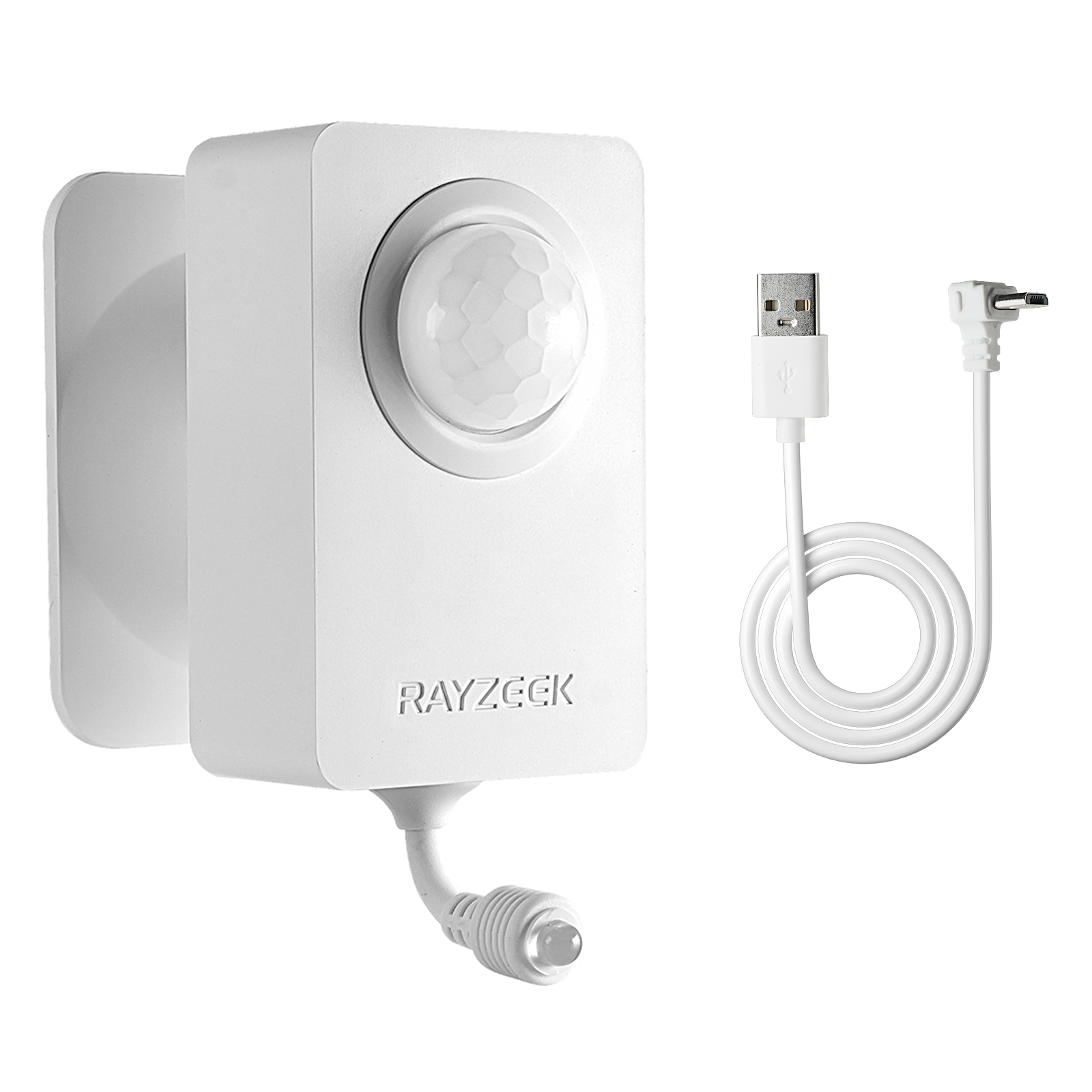
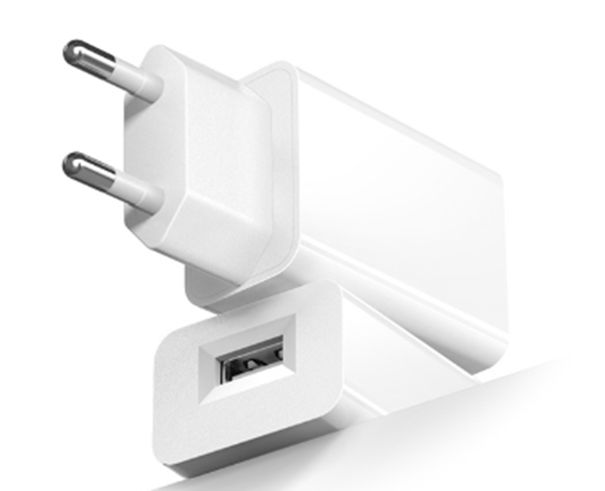

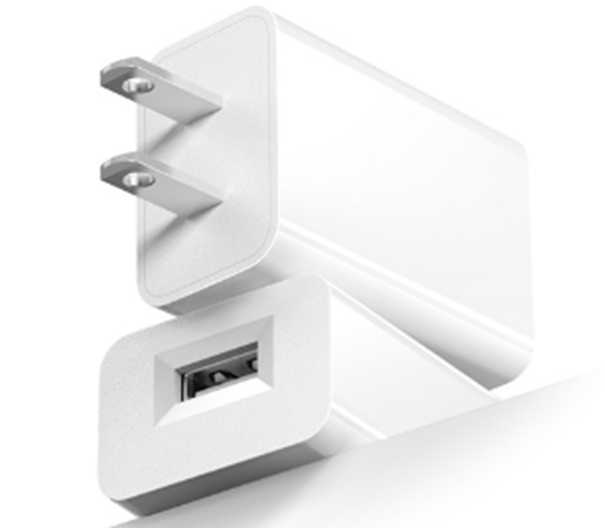






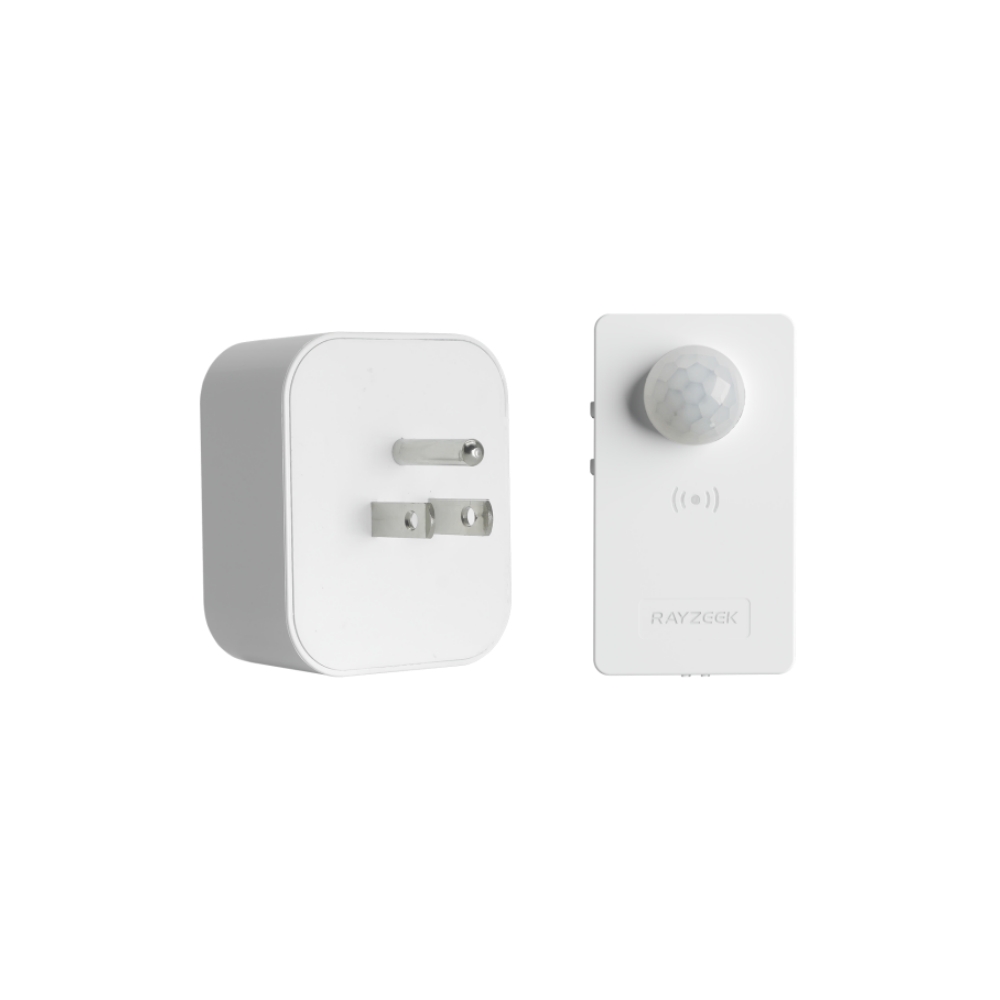

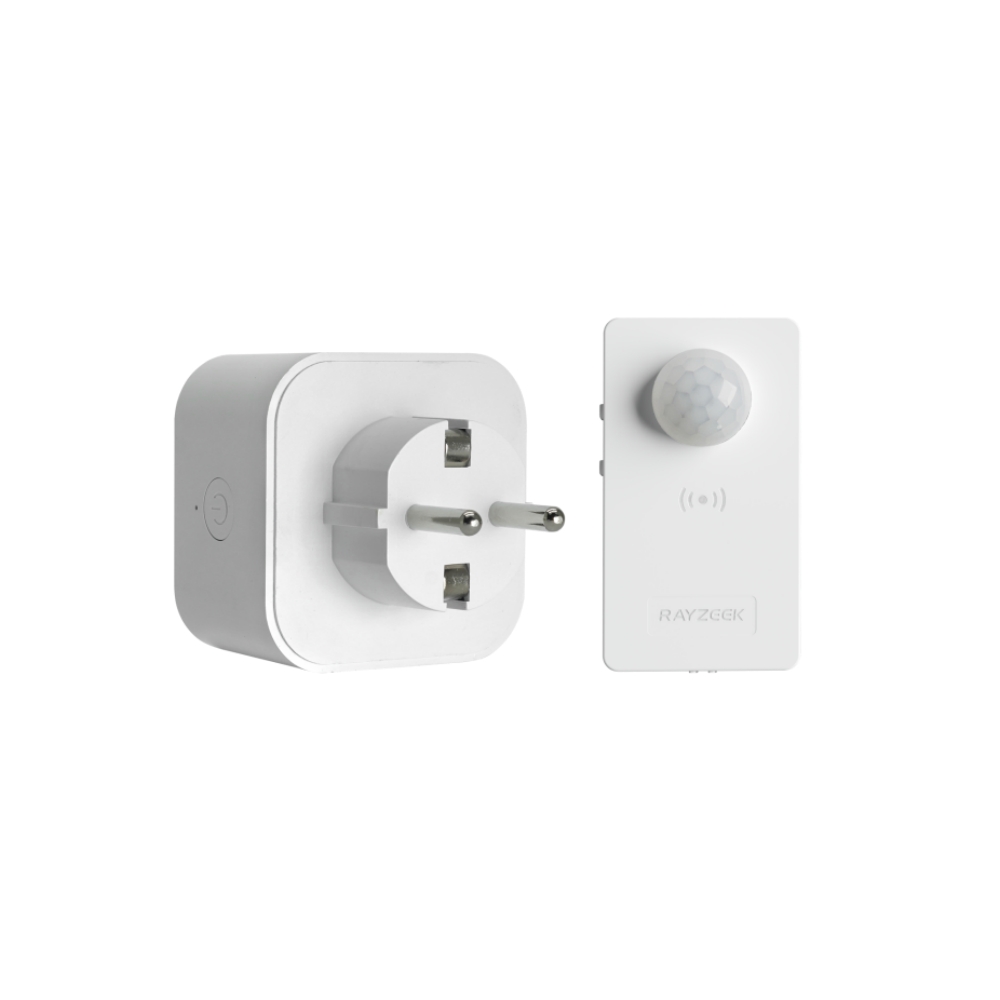



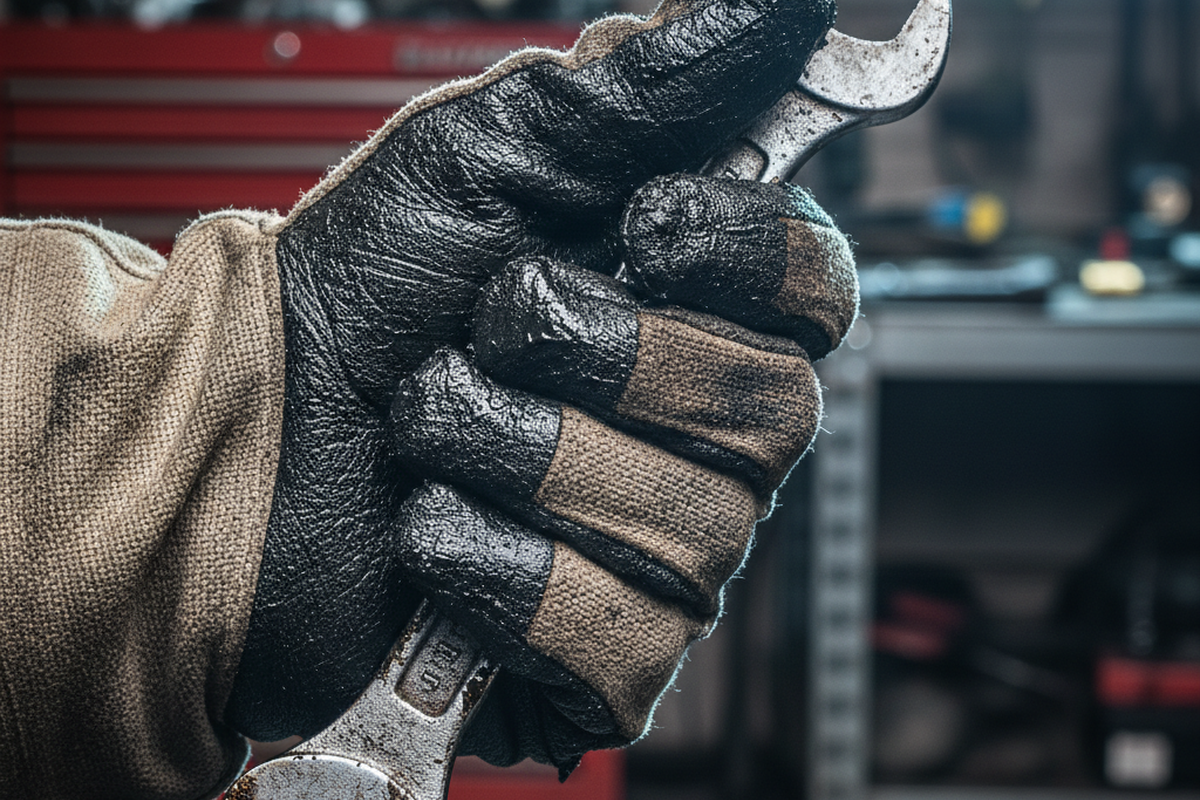

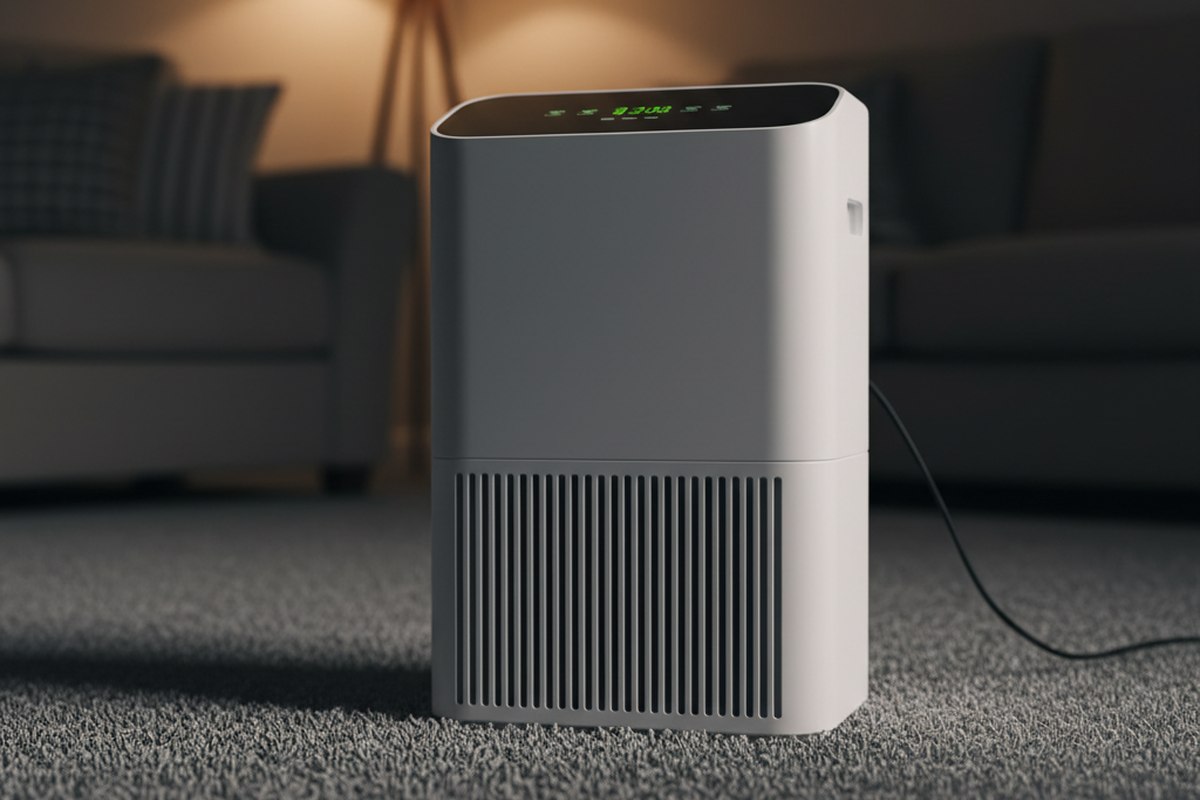
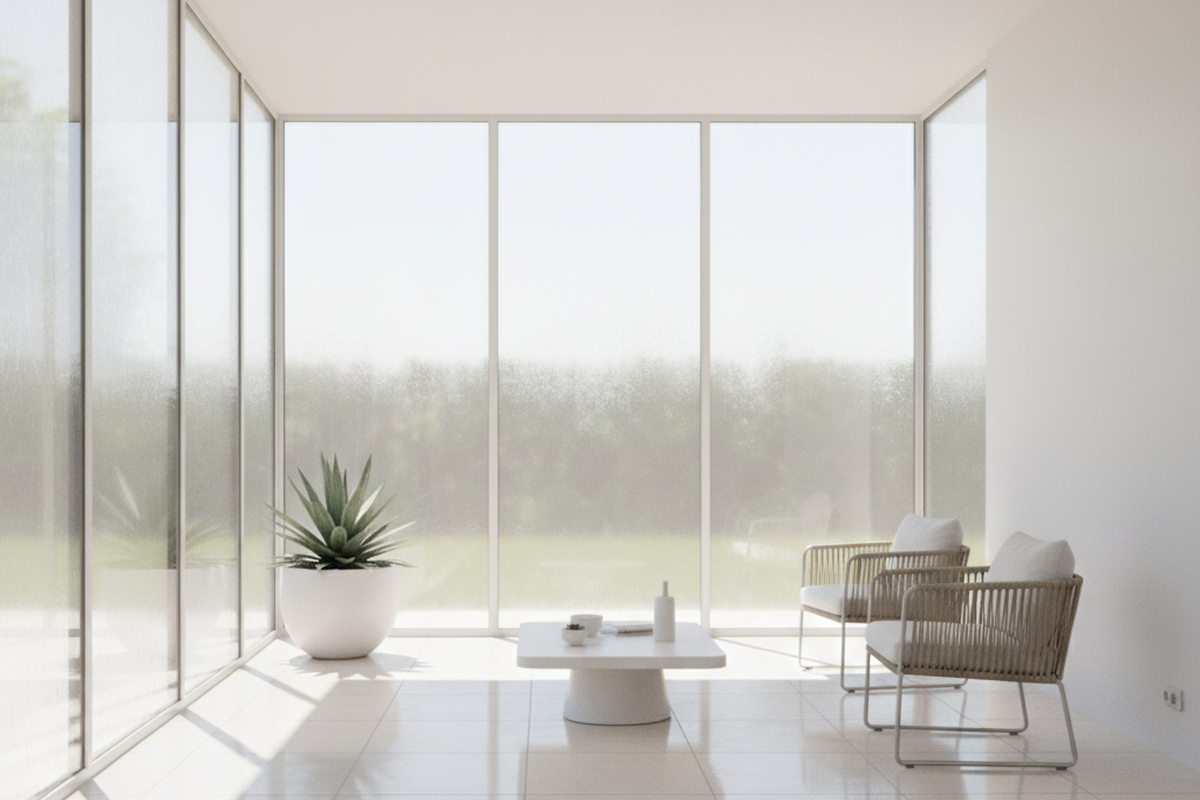




Excelentes consejos para ahorrar energía. Sus consejos prácticos capacitan a los propietarios de viviendas para realizar cambios impactantes, fomentando la sostenibilidad y reduciendo los costes energéticos de forma eficaz.